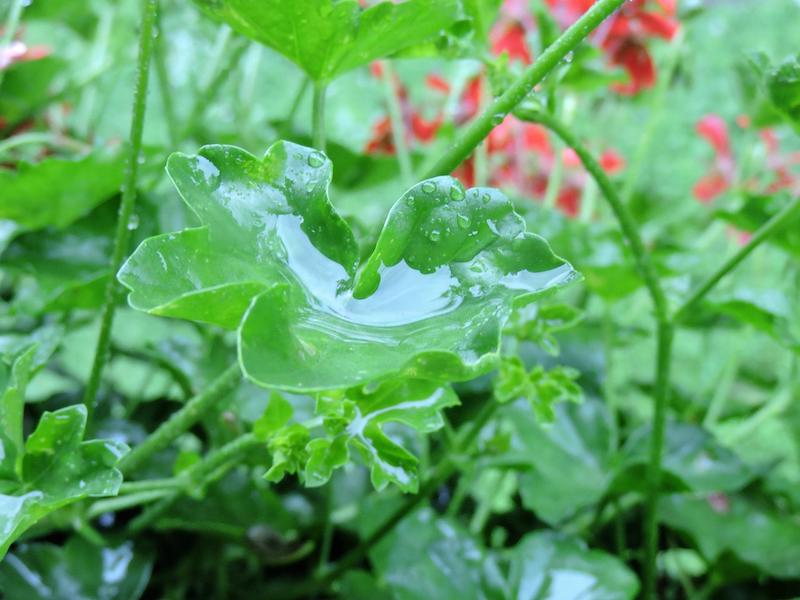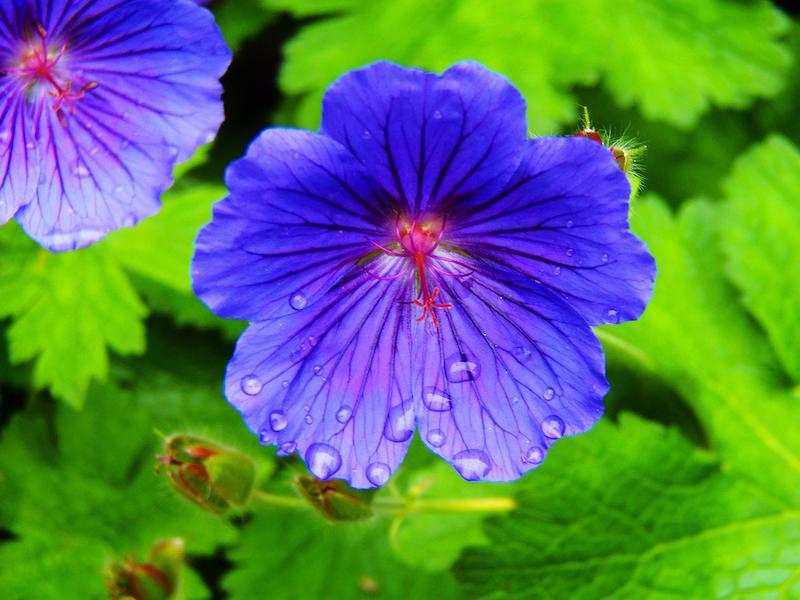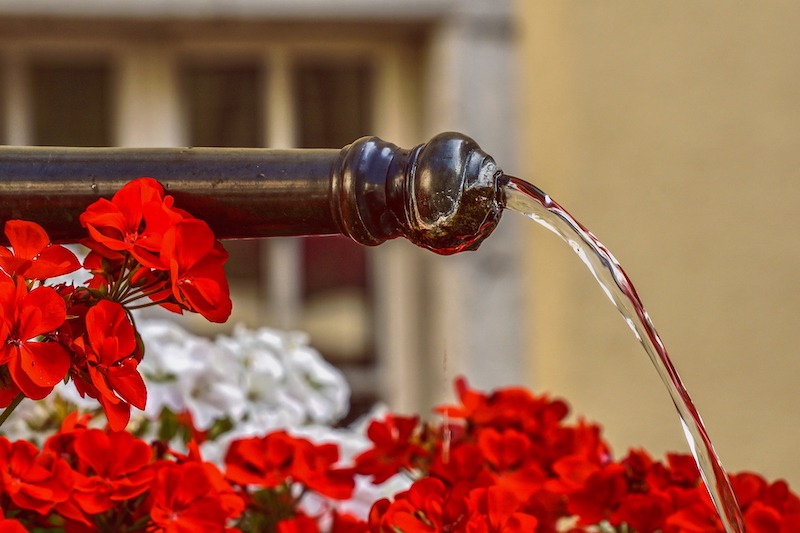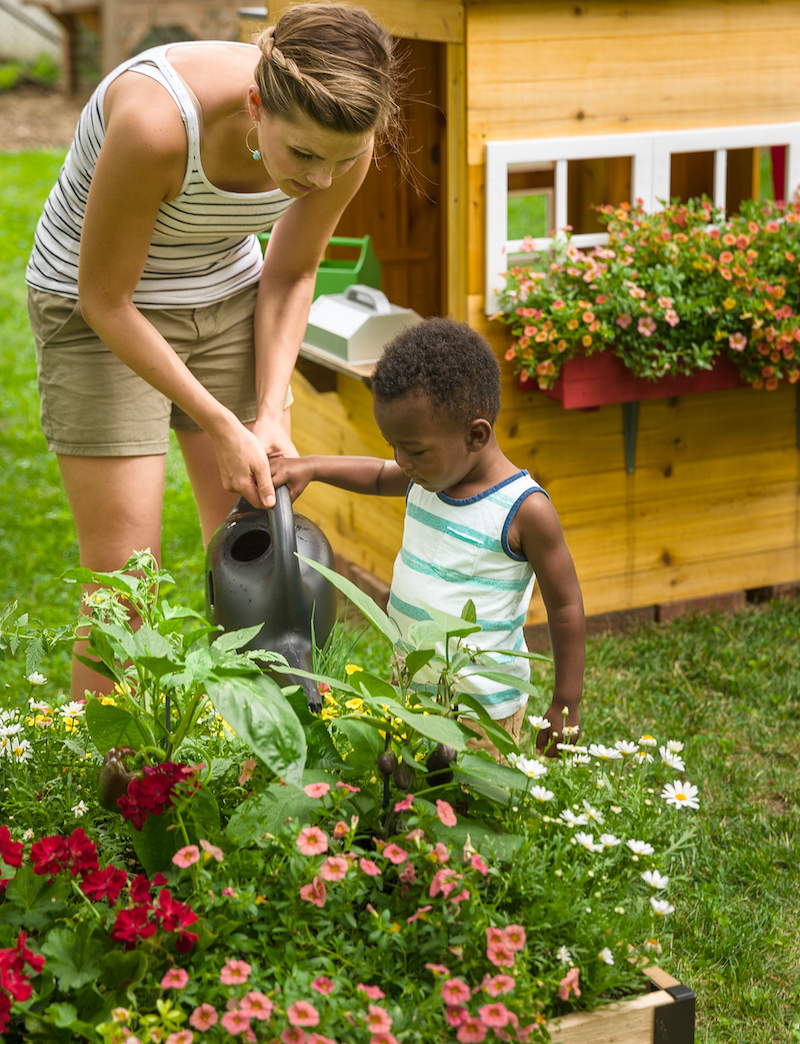Annual geraniums, called pelargoniums, and hardy geraniums are some of the easiest plants to grow. Pelargoniums have average water needs and don’t like wet feet. They originated in tropical regions of South Africa and Australia, where heat and sunshine are plentiful. The most common issue in growing pelargoniums is overwatering, which leads to root rot. These plants are not frost hardy, contrary to the true geraniums, also known as hardy cranesbill.

Hardy cranesbill is drought tolerant once established, but they do appreciate regular water during the hottest parts of the summer. These tough perennials can adapt to a wide range of soil conditions and climates, making them an excellent choice for most garden beds.

How To Tell If Geraniums Need Watered
Geraniums are drought tolerant, so let the soil dry out a bit before you add more water. Overwatering will cause the leaves of annual geraniums to turn yellow and the blossoms to wilt. Reduce waterings if you are overwintering annual geraniums, but do not let the soil dry out completely.
Hardy geraniums, on the other hand, adapt better to different watering schedules. They will wilt or burn if their minimum watering needs are not being met; however, a few deep watering sessions can perk up most thirsty plants.
How Often To Water Geraniums
When first planted, geraniums will need to be watered thoroughly to fill in any air gaps around the roots. Over the next few weeks, water new plants deeply every few days. This will encourage deeper root development.
Once the geranium is established, you can cut back the frequency of watering to 1 - 2 times per week. Check the soil moisture with your finger, and water when the top 1 - 2 inches feel dry.
One of the most common errors in growing annual geraniums is overwatering. They are not thirsty plants and do not like soggy soil. Make sure the soil has a chance to dry out between waterings to keep the plant healthy.
Plants in containers will need to be watered more frequently than those in the ground. During the summer months, water containers every 2-3 days or whenever the top inch of the soil feels dry to the touch. Keep the soil evenly moist, but do not let the plants sit in water or become waterlogged, which can cause root rot and fungal disease.

Best Time To Water Geraniums
Morning and evening are the best times to water geraniums to avoid evaporation in the afternoon sun. Geraniums need to be watered more frequently during the peak summer months, while they are actively growing and exposed to more heat. Plants in containers will need to be watered more frequently than those planted in the ground. Geranium house plants usually need to be watered only once a week, and even less often in the winter.
How to Water Geraniums
Step 1 - Test the soil for moisture
Use your finger to feel the top inch of soil. If it is dry, continue to step 2. If moist, wait a couple days and test for moisture again.
Step 2 - Water at the base of the plant
Take care not to let water splash the leaves, which can encourage fungal growth, especially in the winter.
Step 3 - Water deeply
Allow the water to seep in and fill any cracks in the soil or gaps around the roots. Water deeply to soak the entire root zone.
Step 4 - Repeat as needed
Continue to water when the soil dries out. A soaker hose or drip irrigation system can provide targeted watering while minimizing evaporation.

Geranium Watering Tips
- Water deeply when the top inch of the soil feels dry.
- Allow the soil to dry out between watering sessions.
- Do not let plants sit in soggy soil.
- For overwintering annual geraniums, reduce watering, but keep the soil moist because your plants will continue to grow.
 |
Author Jessica Mercer - Published 7-04-2022 |
